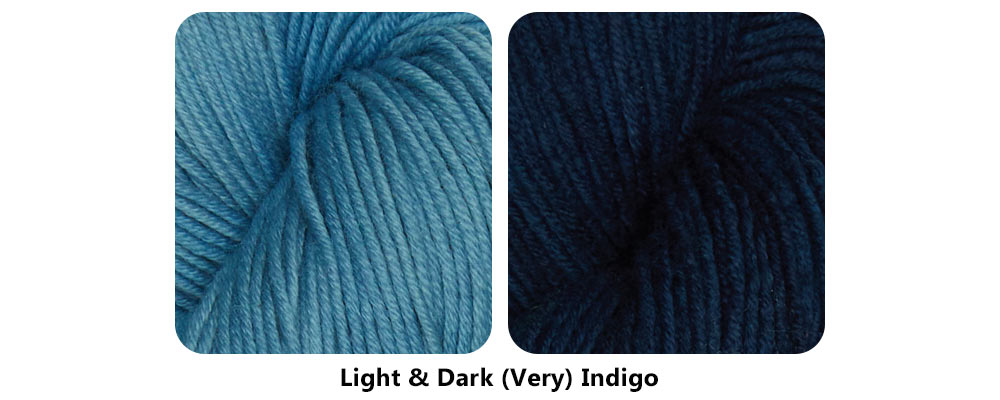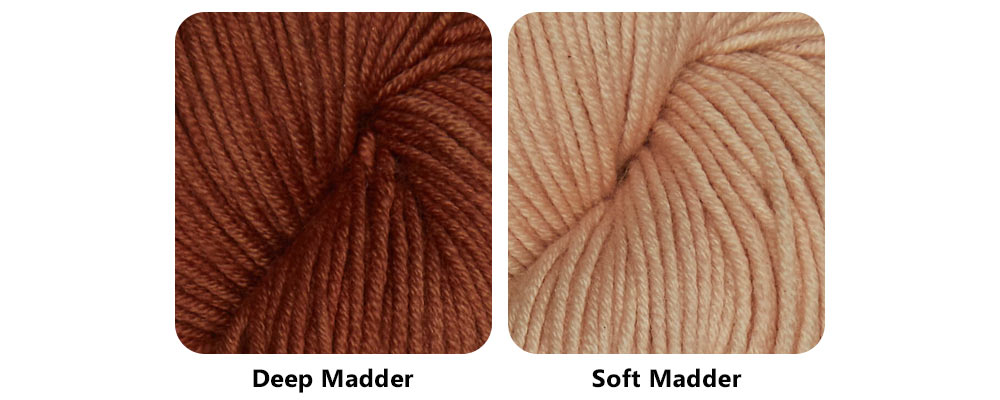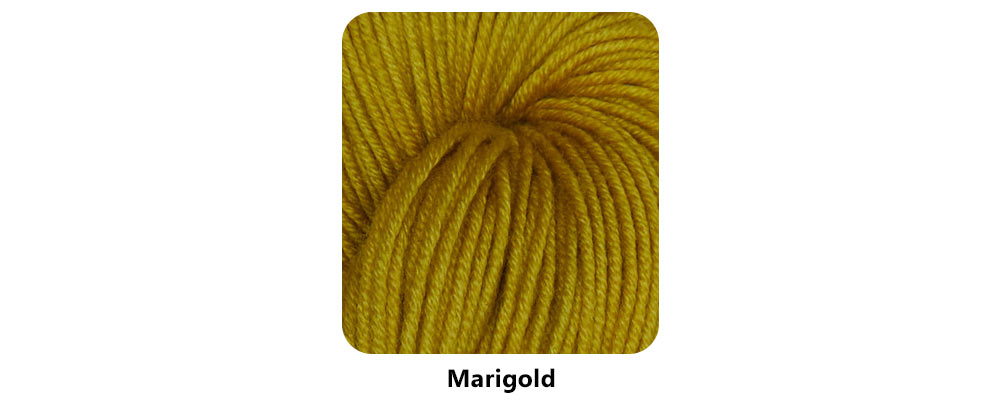Origin and Care of Naturally Dyed Yarns
- Blog Views : 1289
- Symfonie Yarns
- 21Jul, 2023

Many people who like to make things are purists at heart. It makes sense since most of them enjoy working with their hands and appreciate materials derived from nature. Many fiber artists, for instance, know that wonderful colors can be achieved by using the flowers and native plants of their surroundings. They take pleasure in using them to create dyes which are then used to create unique colors with which cloth and yarns are dyed.
To showcase the peerless beauty of India’s natural color scheme, a small selection of a new yarn collection has been created using the authentic natural dyes of India, including Indigo, Madder, and Marigold. It is named Flora, in tribute to the flowers that went into creating the line.
Here’s a brief description of each of the colors and where they come from, plus some tips on preserving their color after you have made something beautiful.
Indigo
True indigo is a deciduous spreading tropical shrub of the pea family that typically grows to 2-3' tall and as wide. As suggested by its name, this shrub was the original source of the blue dye known as Indigo. Botanical historians believe that the ancient artists of India were the first to domesticate the plant. The deep blue dye they extracted from its leaves was dried into a powder, or small cakes, and exported to the East and to the West. As you might expect, it was wildly expensive and all the rage among the merchants and customers of Europe.
Plant-based indigo dyeing uses indigo leaves that are harvested in the late summer months. The plants undergo a fermentation process in large vats, bubbling up and appearing to almost breathe. Bubbles on the surface indicate good-quality indigo. This is why many artisans say that their indigo is alive.

Spiritually inclined people claim that Indigo is the color of wisdom and intuition.
Perhaps that is why the beautiful deep blue is often used in devotional paintings, celebrations and rituals.
Madder
Madder root has been used since ancient times to create the deep red that became known as Turkey Red. It is derived from the root of the madder plant. Madder has been grown as a dyestuff since antiquity in central Asia and Egypt, where it was grown as early as 1500 B.C. Cloth dyed with madder root pigment was found in the tomb of the Pharaoh Tutankhamun and in the ruins of Pompeii and ancient Corinth.

Marigold
Marigold flowers come in the most vibrant shades of yellow. They look like drops of golden sunshine. When dyeing with them, Marigolds produce a beautifully golden sunny hue on cloth or yarn. It is a very simple dye to create – as long as you have enough marigolds, that is! Fortunately, India is filled with them. In addition to creating the beautiful garlands that generous people drape on their guests and friends, they create the most amazing colors with them.

The process of creating and using these dyes requires skill and knowledge. There are special techniques and materials that ensure that the color stays put and does not run or fade. You will find many of them online if you are interested in creating your own special colors, but, be warned! We are told that once started it’s hard to stop. One of the most important things to remember is that the material that is to be dyed – whether it be yarn or cloth, must be natural. Dyes derived from nature will not overdye or work on a synthetic. The beautiful yarns created from the Flora line are 100% natural and free of any additives.
Taking Care
Another thing to keep in mind, whether you dye your own or buy hand-dyed yarn, is that gentle care must be taken when washing and storing the items made from the precious yarn. It’s a small price to pay (in time) when you think of the care and talent that went into making the yarn and then turning it into something wonderful.
All finished projects need to be hand-washed in cool water and laid flat to dry. Never dry them in the sun, just in a cool place where they can dry naturally. Obviously, never put them in a dryer.
When storing them, it’s wise to make sure they are clean before putting them away. After washing, make sure they are super dry – if in doubt, wait it out since dampness is the enemy of all washed knits.
Many people like to store their knits in cedar chests or use cedar sachets – the smell of the wood ensures no creepy bugs or crawlies will hang out or burrow in. Other people use mothballs, but, effective as it is, it’s a pretty intense smell. To be certain, zip-lock plastic bags are a fine solution – especially for smaller items like mittens or hats.
Whatever you do to keep them safe, we hope you will take the time to honor your work and the gift that comes from natural dyes.
-
- 19 Nov,2025
-
- 17 Nov,2025
-
- 10 Nov,2025
-
- 04 Nov,2025
-
- 29 Oct,2025
-
- 24 Oct,2025
Copyright © Symfonie Yarns 2025 - all rights reserved | RSS Feed
